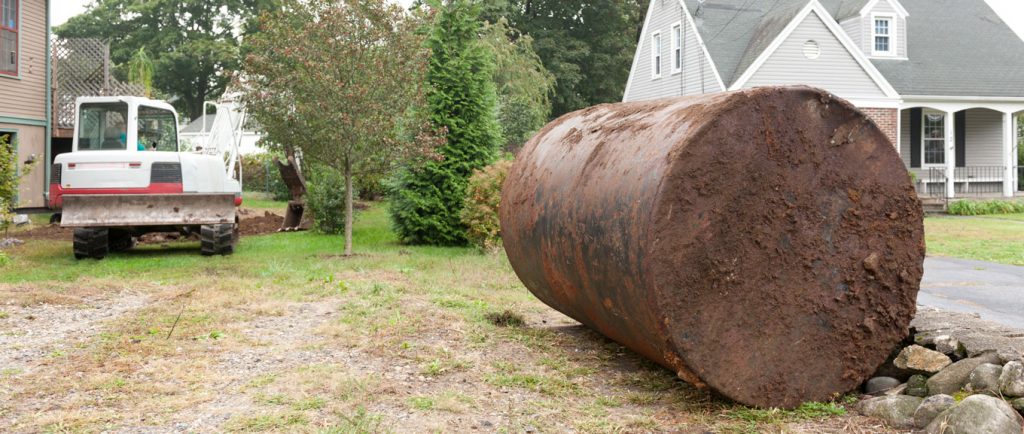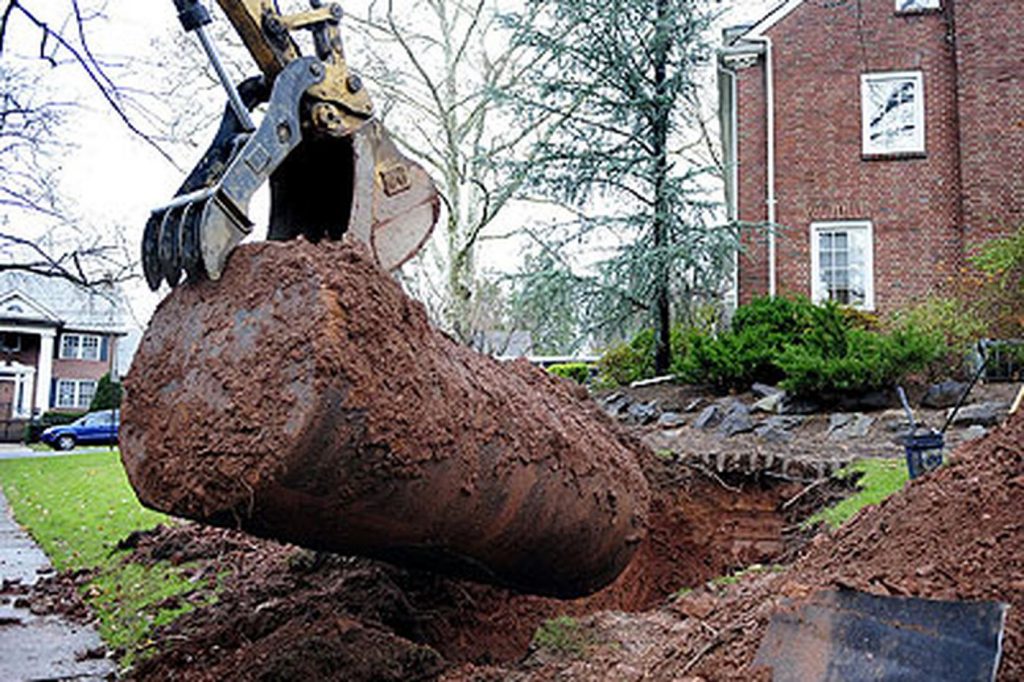The following are some signs that you should consider getting an oil tank removal Putnam County, NY. You may see small copper pipes or notice pinched copper pipes in your home. These are indications that your underground oil tank is leaking. To get your underground oil tank removed, call a professional company.
Table of Contents
Leaks
A leak in your oil tank may indicate an internal problem. Moisture will typically form on the sides and bottom of the tank, eventually reaching the top. As the moisture builds up, it can also form black icicle-like deposits. Unless remediation is performed, this can cause further damage. Therefore, leaks should be addressed as soon as possible.
Leaks in your oil tank can cause significant environmental damage. Not only will the oil seep into the soil, but it will also contaminate nearby water sources. In addition, uncontrolled oil leaks can be harmful to wildlife and residents. Even if it does not reach the surface water, vapors from the oil can cause headaches and drowsiness. Even worse, you could be liable for the remediation costs.
Wear and Tear
If you’re experiencing problems with your oil tank, you should seek professional service. If you’re unsure if you need an oil tank removal, there are a few signs to watch. Wear and tear, leaking, and general wear and tear are all signs to contact a professional immediately. Check your tank periodically and contact a professional if you notice any of these problems.
Wet spots on the surface or underneath the tank are common warning signs that your oil tank needs to be replaced. It could indicate uneven legs or faulty installation. An uneven leg will make the tank inoperable, resulting in a leak. The legs of your tank should also be checked for cracks or splits. If you notice that oil is draining faster than normal, you may need an oil tank removal. Exposure to the weather will also cause a leak.
Abandonment
You should consider an oil tank removal company when abandoning a property for several reasons:
- Many buyers will insist to remove oil tank.
- Abandonment can lead to liability issues. For example, if you have an oil tank in the backyard, the homeowner’s insurance company may require you to have it removed before they insure the property.
- Cleaning up the oil can cost you thousands of dollars.
Oil tanks must be removed for various reasons, including environmental risks. They can also affect insurance payments and make your property less valuable. If you are selling your property, abandonment could also be a deterrent to potential buyers. Moreover, abandoned oil tanks can decrease the value of your property, so you’ll need to get rid of them as soon as possible.

Icicle-Like Deposits
You might have noticed a damp spot on the floor underneath your oil tank. It usually occurs at the seam that runs along the bottom of the tank. As the oil travels upward, it will form a black icicle-like deposit. A leak is a serious issue, so if you notice any of these signs, you need to get an oil tank removal immediately.
A leaky oil tank will cause visible damage to plant life and grass around it. The soil may turn oily brown, and the plants can die. In addition to this, you might notice a foul gas smell near the tank location. It’s crucial to call an oil tank removal expert right away if you notice any of these signs.
Internal Problems
If you have noticed moisture coming out of your oil tank, you may need to have it removed. The moisture will form on the tank’s bottom and sides, eventually reaching the top. It may also be a sign of internal problems, and if left untreated, it can cause black, icicle-like deposits, eventually leading to further damage. If you notice any of these symptoms, it’s time to call an oil tank removal service to take care of the problem and avoid any further damage to your home.
Cost
The cost of oil tank removal can vary significantly, depending on the size and extent of the contamination. If you’re dealing with an aboveground tank, the cost can be as low as $400, while an underground tank can run you for more than $100,000. The environmental concerns associated with these tanks can also drive up the removal cost. You can apply for grants that can help you pay for the process. The average price of oil tank removal is between $1,700 and $3,000.
You may want to check if your homeowner’s insurance policy covers the cost of oil tank removal. This type of coverage is usually separate from a regular homeowner’s insurance policy. It may cost more, but there are advantages to doing so. If the insurance doesn’t cover the oil tank removal cost, it might be a good idea to hire a professional to perform the job. If the tank is underground, you’ll need to find a service to remove it.



